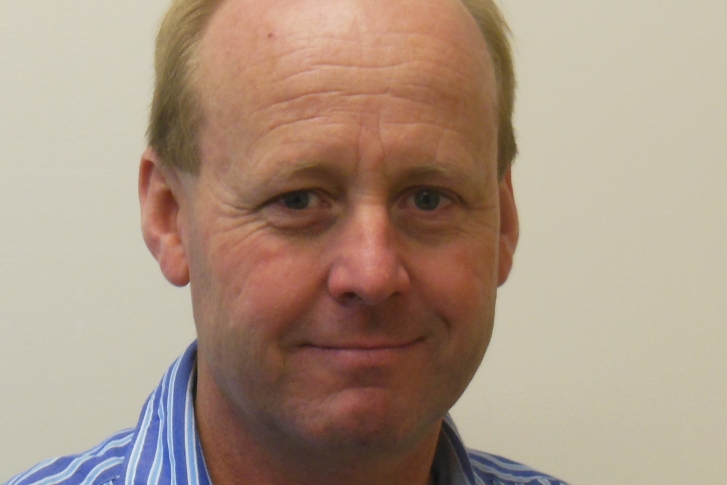Estuary sedimentation is a continual natural process. Land slope, land use, soil type and rainfall all have significant impacts, and form a complex spatial pattern of sediment generation.
Activities on land can accelerate estuarine sedimentation. There is a need to determine catchment sedimentation hot-spots and implement land use or management controls to reduce estuarine sedimentation resulting from these hot-spots.
NIWA has developed catchment models for simulating sediment loadings delivered through stream and river networks to harbours and estuaries. These models have been applied to NIWA's central Waitemata, south-eastern Manukau and Tauranga harbour sedimentation studies.
The models determine the contribution that rainfall and different land uses, soil types and slopes make to the sediment load. Contributions from the different parts of the catchment are determined and sediment generation patterns in the catchment are produced. The models also determine the effects of future land use change and climate change. Delivered load outputs from the model are characterized according to grain size.
The model results answer questions such as
- Which land uses (urban, pastoral or cropping) contribute the most sediment to the harbour?
- Which soil types contribute the most to the sediment load?
- What contribution do urban earthworks make to the sediment load?
- What control measures mitigate sediment loads from urban earthworks?
- Which locations within the catchment produce most sediment?
- Which streams have the highest sediment load to the harbour?
- How will the sediment loads increase as a result of climate change?
- What is the combined effect of climate change and catchment development?
The top figure on the right shows the variation in predicted sediment yields across the southern Tauranga Harbour catchment as a function of land use, soil type, slope and rainfall.
Predictions of the sediment loads from the catchment model are fed into estuarine sedimentation models to predict the effects of current and future sediment loading on the rates of accumulation in different parts of the harbour.
The bottom figure on the right shows sediment loads in the Tauranga Harbour with the current land use, future land use and climate change.
If you are interested in these modelling projects please contact Aroon Parshotam or Sandy Elliott of the Catchment Processes Group, NIWA Hamilton.



